【FOCUS】Building a Shared Future for All
In 2000, the UN
General Assembly officially proclaimed May 22 to be the International Day for
Biodiversity (IDB), aiming to raise public awareness about biodiversity. This
year, the theme of IDB is “Building a shared future for all life”. Biodiversity
includes enormous resources for humans of sustainable livelihoods and lays the
foundations for social development. Since the Convention on Biological
Diversity came under the United Nations Environment Programme in 2000, protecting
biodiversity has become a common vision of all countries. Today’s In Focus will
show you five initiatives of urban innovation about biodiversity protection.
Dangbo, Benin
Valorization Of
Water Hyacinth In Compost
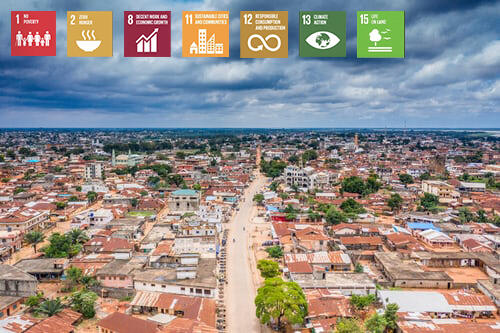
Benin depends on agriculture for most of its income. However, in the valley base of Ouémé, the presence of water hyacinth caused a very strong seasonal eutrophication and fatal anoxia to the fishery resources in the rivers and lakes.
To this end, local
farming communities set up an economic sector, promoting residents to collect water
hyacinths. This initiative turns the problem into opportunities by making good
use of water hyacinths through aerobically composting. Producers in the lower
Ouémé valley could take advantage of water hyacinth compost that has both a bio-fertilizing
effect and a bio-pesticide effect. Reducing the effect of ozone depletion
caused by agricultural chemical inputs, the initiative protects the local
environment and improves the productivity of agricultural land used for market
gardening.
Learn more: http://www.guangzhouaward.org/a/961.html?lang=en
Curitiba, Brazil
Linking
Environmental Preservation to Urban Development: The Green Areas of Curitiba
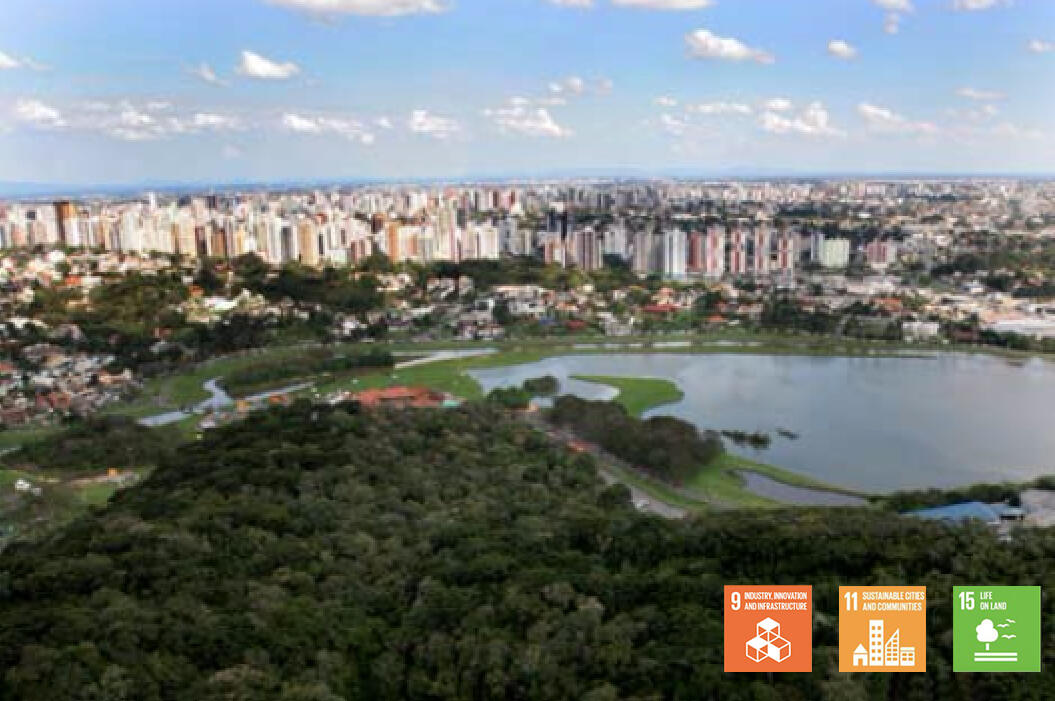
Curitiba is known as the Ecological Capital, a title conferred on it by the United Nations in recognition of its environmental policies in the 1990s. The initiative “the Green Areas of Curitiba” started in the 1970s, to link the biodiversity protection to the urban green space development, especially the banks of rivers and floodplains.
This initiative can be considered
innovative in the maintenance of urban biodiversity. It encourages the owners
of native vegetation areas to create Conservation Units through financial
gains, such as reducing taxes and increasing the number of floors with
preferential treatment. Meanwhile, the initiative carries out actions in
environmental education through courses for city employees to enrich their
knowledge of native species and environmental issues.
Learn more: http://www.guangzhouaward.org/a/683.html?lang=en
Chiang Rai, Thailand
Urban Ecosystem and
Biodiversity Conservation towards Sustainable City and Climate Change Resilience
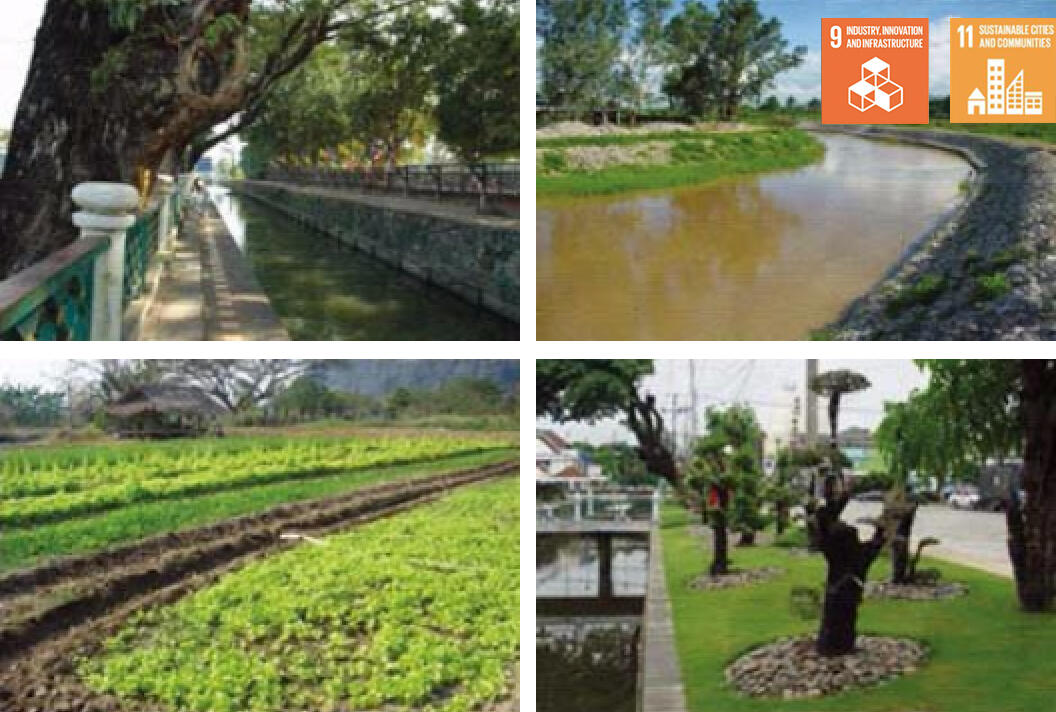
This initiative is a model of urban
innovation in protecting the environment, because the municipality only acted
as a facilitator, while citizens played a constructive
role. The municipality encouraged citizens and stakeholders to heighten their
sense of ownership in sustainable urban development. Some positive changes were
observed with the widespread participation of people, educational institutions,
business agencies, etc. For example, the initiative helps establish protected
areas of forests, lakes, and rivers, disseminates knowledge of biodiversity
conservation, expands urban green spaces, and improves living standards of
residents.
Learn more: http://www.guangzhouaward.org/a/682.html?lang=en
Singapore
Urban River
Integration for the 21st Century
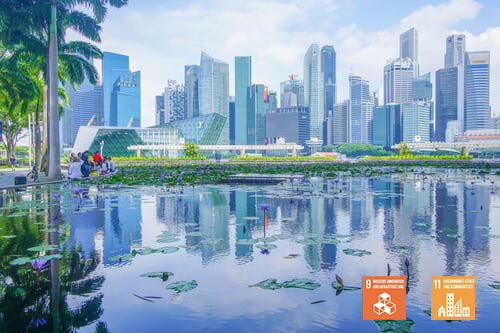
The shortage of drinking water has been a long-term challenge for Singapore. To upgrade green urban infrastructures, Singapore introduced the “Urban River Integration for the 21st Century” initiative. The goal was to transform the Kallang River and Bishan Park into a new and unprecedented vision for blue-green city infrastructure which addresses the multiple needs of water supply and flood protection while creating spaces for people and nature in the city.
An important innovative aspect of this
initiative is the first adoption of bioengineered technology, which has been
widely used in European and North American countries. In 2012, a 30 percent
increase in biodiversity was measured by National Parks Department. The
initiative can be considered a starting point for an island-wide reintegration
of Singapore's natural water cycles, biodiversity, and human interaction.
Learn more: http://www.guangzhouaward.org/a/714.html?lang=en
Saint Louis
Departmental Council, Senegal
Inter-municipal approach for the safeguard and enhancement of the Mangrove by the Local Authorities
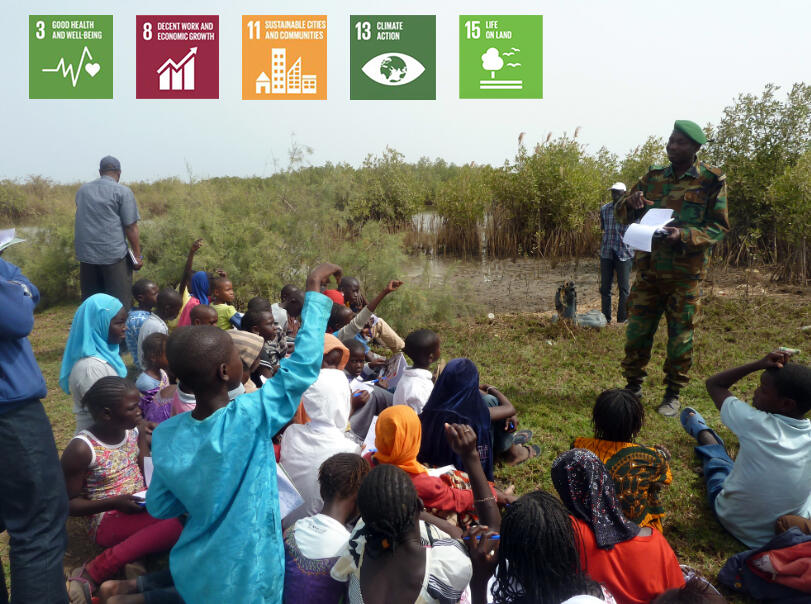
Residents play an active role in the
restoration and protection of mangroves. The initiative includes a regional
training system to raise people's awareness of environmental protection. During
the nine years of intervention, the initiative is under sustainable, unified,
and well-planned management. The local forestry department estimates that more
than 50 hectares of mangrove have been regenerated, which is equivalent to a
sequestration rate of 350 tons of carbon annually.
Learn more: http://www.guangzhouaward.org/a/1326.html?lang=en


 In Focus | World Cities Day: People-Centred Smart Cities
In Focus | World Cities Day: People-Centred Smart Cities City Stories | Fostering community resilience: A lifeline for the Central African Republic
City Stories | Fostering community resilience: A lifeline for the Central African Republic In Focus | Innovative Education, Empowering Futures
In Focus | Innovative Education, Empowering Futures




















 Tel: +86 020 3780 4434
Tel: +86 020 3780 4434 Email: info@guangzhouaward.org
Email: info@guangzhouaward.org Adress: Unit 01-7, 28th Floor, No. 7, Chunrong 3rd Road, Tianhe District, Guangzhou, Guangdong, 510000, PRC
Adress: Unit 01-7, 28th Floor, No. 7, Chunrong 3rd Road, Tianhe District, Guangzhou, Guangdong, 510000, PRC




